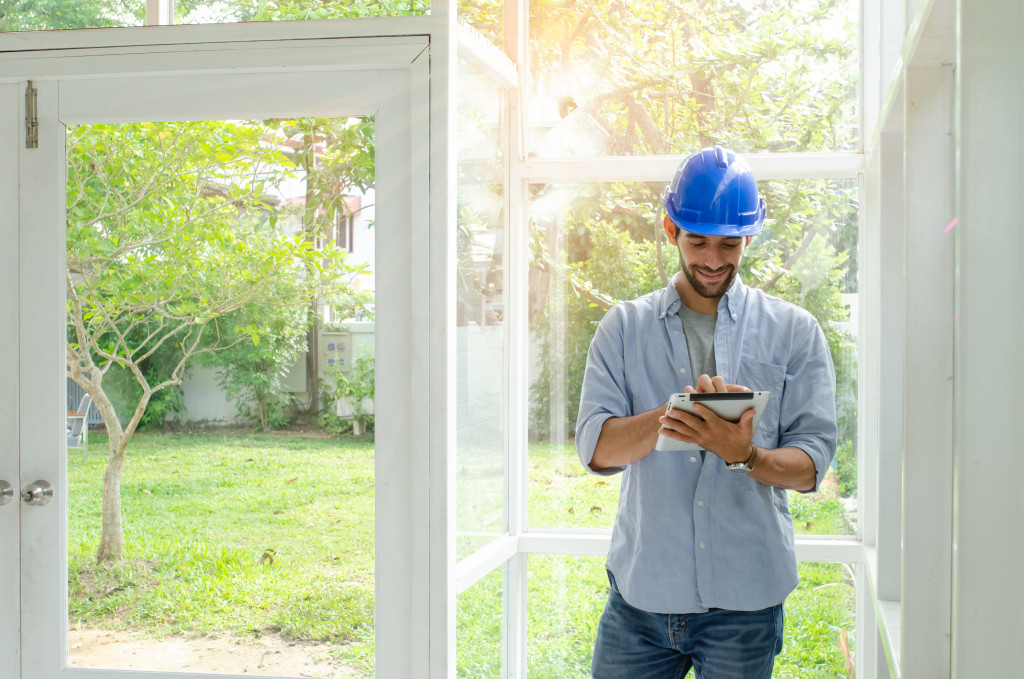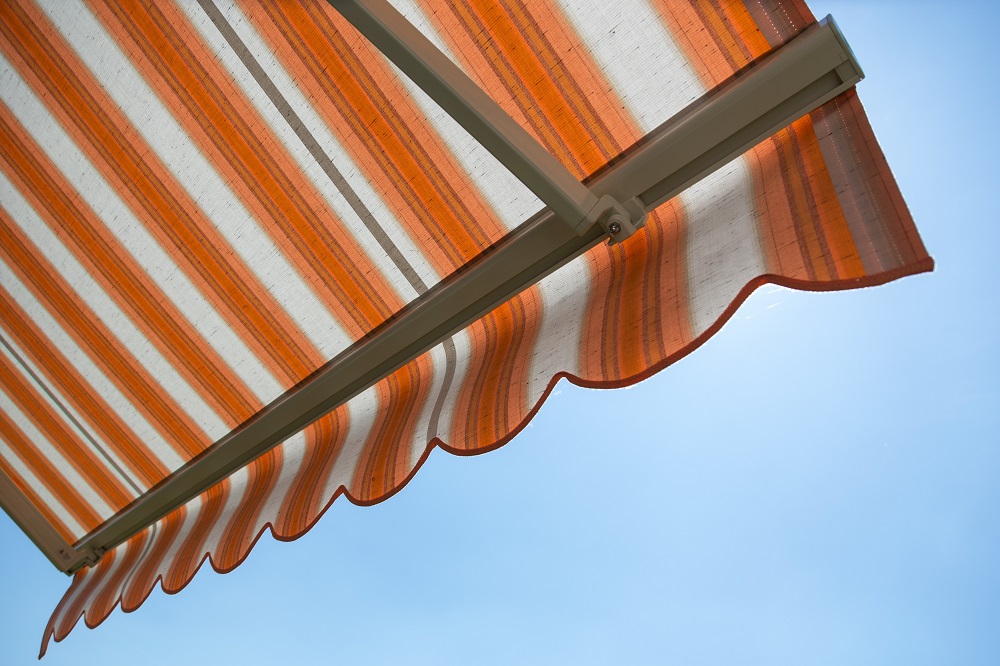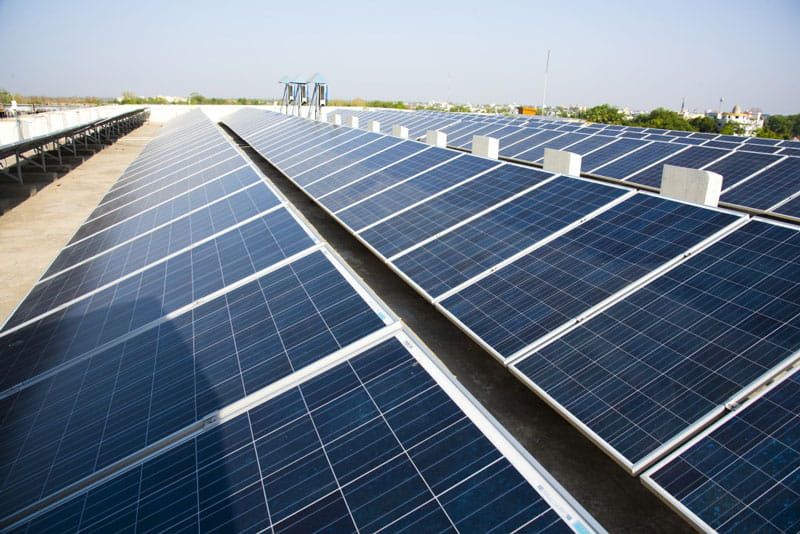Even with the emergence of the rapidly spreading Omicron variant of Covid-19 in the United States, many retailers are renovating their existing stores in 2022. Examples are TJ Maxx, Home Goods, Marshalls, and Citi Trends, among many others. Although consumers have gotten used to the convenience of online shopping during the pandemic, a survey in early 2021 showed that about 46 percent still want the experience of shopping in person.
Because of their online experiences, though, consumers now have higher expectations from physical stores. For a physical store to attract and engage customers and ensure they return, the store must be an expansion of the online shopping experience. It must integrate technological innovations that will make in-person shopping safe and convenient while providing the real-life experience that online shopping lacks.
Construction companies will be hard at work transforming these spaces. If these stores already have finished floors, builders must use heavy-duty floor protection products. This will prevent skid marks from wheeled equipment, scuffing from workmen’s boots, as well as stains from paint sprays. Builders will also be working closely with information technology (IT) experts.

Pandemic Design
The store design and management must prioritize protection against any variant of Covid-19. Companies must allow only a limited number of customers in the store at any one time. Whether there is only one entrance and exit or more, there must be monitoring and tracking software that automatically tallies the number of people who enter and leave. The software must then automatically flash the number of people who can enter. This can work with the motion sensor of automatic doors. Voice notification can instruct customers to enter one at a time.
The store aisles must be wider than pre-pandemic aisles so that even when a customer is standing before an item, others can pass behind at a distance. It is best if foot traffic is one-way throughout the store. Floor decals can make the route clear.
Further Uses of Technology
To make it easy for customers to find an item, the store can provide a map accessible through a smartphone. The customer can input the items they want, and the software then shows the locations of the items in the store and the shortest route that will cover all of them. The customer must be informed to do this upon entering the store to use the most efficient route.
Using artificial intelligence (AI), the store can gather data on the individual’s previous online searches and purchases. It can then show items that the customer may be interested in through the store app. This can trigger additional purchases.
Footwear retailers can offer a service wherein the customer steps barefoot upon a platform. Sensors then check the size of the feet, including the width, and issues such as being flatfooted or having a high arch. Based on such data, the customer will be shown the shoes that are suited for them. This can be brought further by customizing a shoe design that the customer wants and making it a perfect fit.
Instead of having to push a shopping cart, the customer can use the store’s app to put in the items they want to purchase. These can then be waiting at the payment counter. If the customer wishes to try on clothing or shoes, the items and sizes they indicate in the app can be waiting in the dressing room with a digital sign showing their name.
Dressing rooms must be made of self-cleaning materials. After every use, the dressing room must be designed to be sprayed with a non-toxic disinfectant vapor automatically.
Self-checkout can be implemented in-store through the smartphone app. As soon as the customer has paid, the package containing all the purchased items will be released at the counter. This touchless payment system is like online shopping, but the items are immediately on-hand. It beats same-day delivery. For heavy and bulky items like appliances and furniture, the store can offer same-day delivery at a time scheduled by the customer to ensure that someone will be home.
In-store Attractions
Retailers must add to the in-person store experience by providing fun activities. For instance, there must be many areas in the store that make great setups for selfies. This should include dressing rooms. When customers post these online, their selfies automatically become endorsements. These setups must change weekly to encourage frequent visits.
Stores can also offer incentives available only in-store. This can be a game on the app that provides discounts or freebies as prizes. Discounts can also depend on the number of store visits and the total amount of purchases of the individual, much like a loyalty program. This will further encourage more visits.




